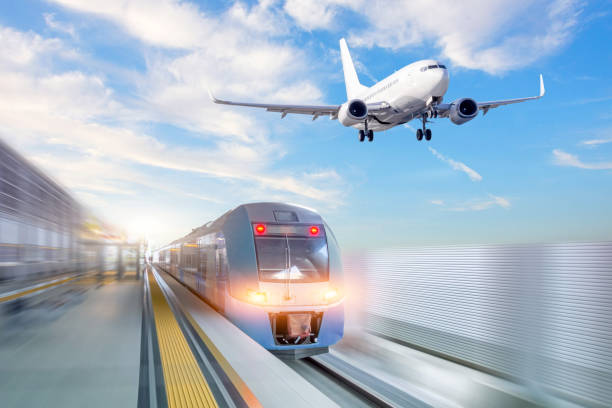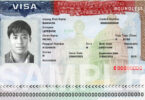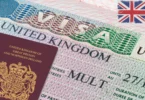When it comes to traveling, there are various modes of transportation available, with two of the most popular being planes and trains. Both offer unique benefits and drawbacks, making it difficult to determine which is the better way to travel. In this blog post, we will dive into a comprehensive plane and train comparison to help you make an informed decision for your next trip.
From cost and speed to comfort and environmental impact, we will explore the key factors to consider when choosing between these two modes of transportation. So buckle up or sit back, as we take a journey through the world of planes and trains.
Cost-Effectiveness: Comparing Prices of Plane and Train Tickets
When evaluating the cost-effectiveness of plane versus train travel, it’s crucial to consider various factors such as distance, timing, and booking period. Generally, for short to medium distances, trains can offer competitive pricing, especially when tickets are booked in advance. On the other hand, plane tickets may be more cost-efficient for long-distance travel, especially with low-cost airlines.
However, hidden fees for baggage or seat selection can quickly add up. Additionally, train travel often includes added value, such as more generous luggage allowances and no need for expensive transfers from distant airports to city centers, potentially saving money overall.
Comfort and Amenities Onboard
When it comes to comfort and onboard amenities, trains often have the upper hand. Most trains offer passengers the ability to move freely between cars, access to dining facilities, and more spacious seating arrangements compared to planes. Additionally, overnight trains can provide sleeping compartments, making long-distance travel more comfortable.
Air travel, while efficient, can sometimes lack in comfort due to more restrictive seating, limited legroom, and the necessity to remain seated for the majority of the journey. However, certain airlines do offer premium services with enhanced comfort, though these options typically come at a higher cost.
Speed and Travel Time Efficiency
When considering the aspect of speed and travel time efficiency, airplanes generally offer a significant advantage, particularly over long distances. Flying can reduce travel time drastically compared to trains, making it an ideal choice for those on a tight schedule or traveling across continents.
Trains, however, excel in short to medium distances where the total travel time can be competitive once factors like airport security and boarding processes are accounted for. High-speed trains in certain regions also narrow the gap in travel time, providing a swift alternative to flying without the hassle of early check-ins and long security lines.
Environmental Impact: Planes vs. Trains
The environmental impact of travel is a significant factor for many passengers today. Trains typically emerge as the more eco-friendly option, emitting far less carbon dioxide per passenger compared to planes. Air travel is one of the most carbon-intensive modes of transportation, contributing significantly to an individual’s carbon footprint.
Moreover, many railways are increasingly powered by renewable energy sources, further reducing their environmental impact. While advancements in aviation technology aim to make air travel more sustainable, trains currently stand out as the greener choice for environmentally conscious travelers.
Accessibility and Network Coverage
When comparing accessibility and network coverage, trains generally provide extensive connectivity in densely populated regions and across various cities within countries, making them an attractive option for exploring multiple destinations. Railway stations are often centrally located, offering easy access to city centers and local transport options.
In contrast, airports may be situated far from city centers, requiring additional time and expense for transfers. However, airplanes offer unparalleled global reach, connecting continents and remote locations where train networks may not be available. Thus, your choice might hinge on the specifics of your journey and the regions you plan to explore.
How to Get a Forklift Jobs in the USA with a Visa Sponsorship






